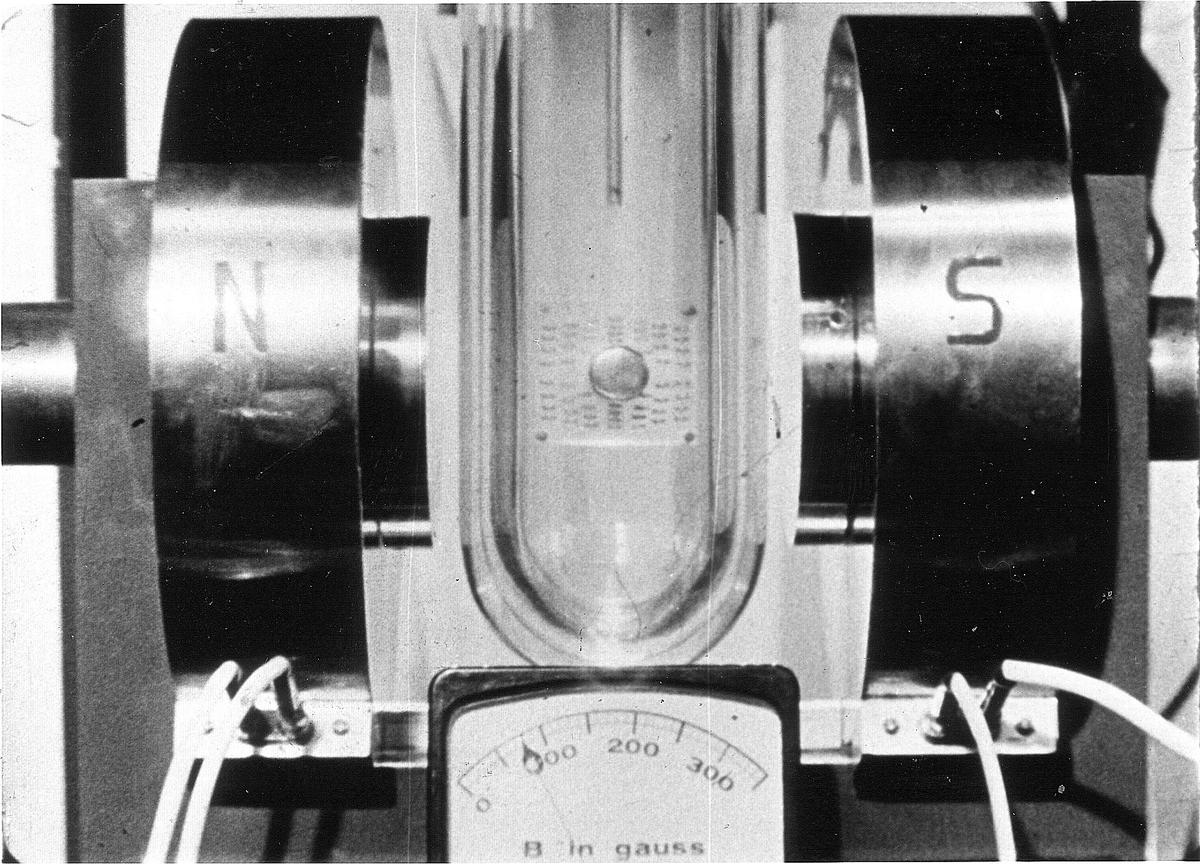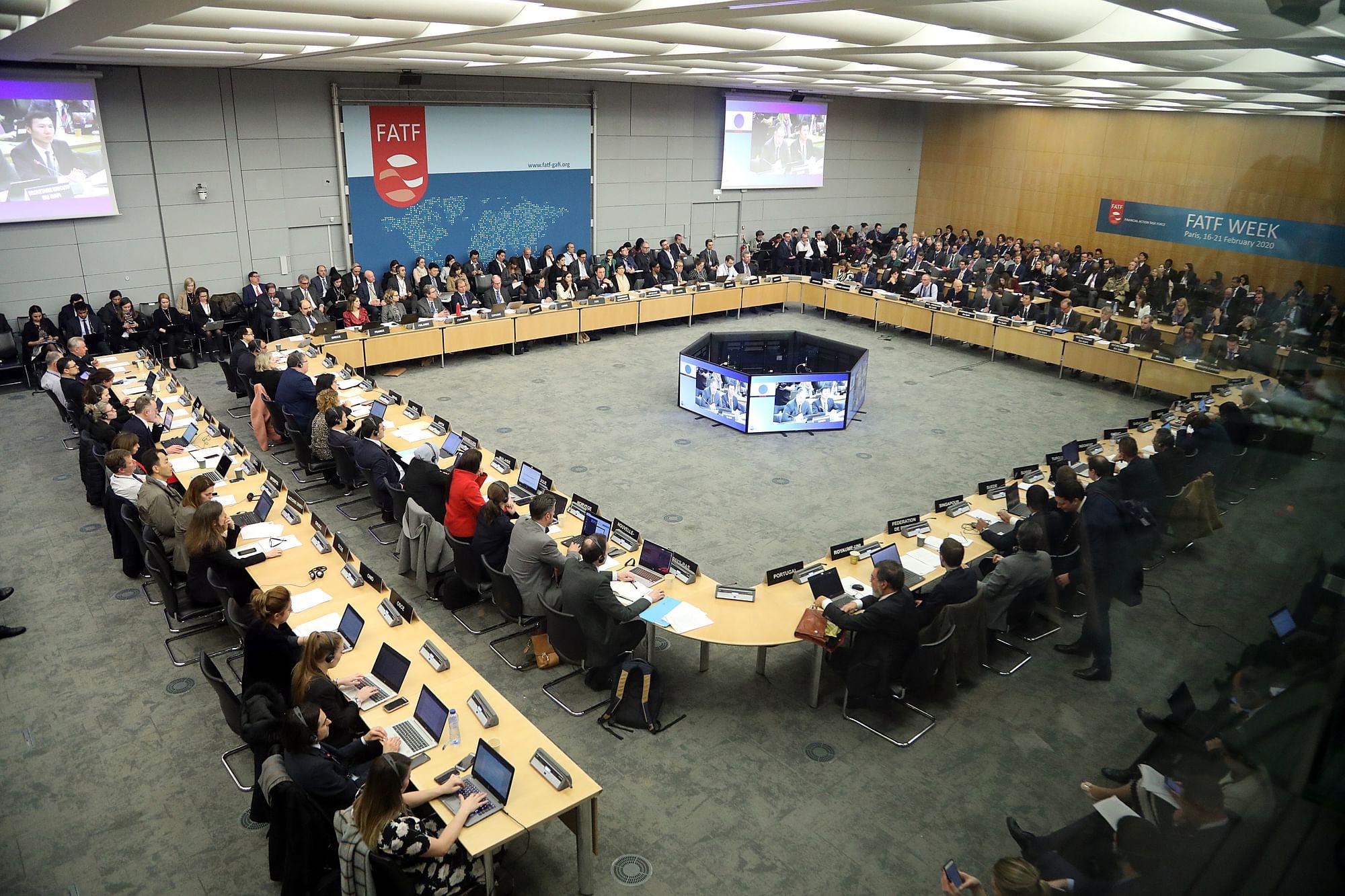- The report, titled “State of Elementary Education in Rural India,” was just published.
- It focuses on the current digital landscape in rural regions for education.

India’s Elementary Education Situation
- It is a detailed survey of 6,229 parents of rural schoolchildren aged 6 to 16 from 21 Indian states.
- It is made public by the Development Intelligence Unit (DIU).
- It discovered an interesting trend: children in rural areas primarily use smartphones for fun rather than instructional purposes.
Key Highlights
(1) Smartphone Use and Entertainment
- The poll indicated that 49.3% of rural students have access to cellphones, which influences their digital participation.
- Entertainment Dominance: A considerable 76.7% of parents whose children have access to gadgets reported that their children mostly use smartphones for playing video games, highlighting the popularity of entertainment-related activities.
- Media Consumption: According to the report, 56.6% of students with access to gadgets use cellphones to download and watch films, while 47.3% download and listen to music.
- In comparison, only 34% of students use smartphones for study downloads, and only 18% use online learning tools such as tutorials.
(2) Demographics and Education Levels:
- Age and Smartphone Access: According to the poll, students in higher grades (Class VIII and above) have more access to cellphones (58.32%) than their peers in lower grades (Classes I-III), who had 42.1% access.
- Education Aspirations: An positive number emerged, with 78% of parents hoping to educate their daughters to at least a bachelor’s degree level, and 82% aspiring to do the same for their sons.
(3) Parental Participation and Insights
- Learning interactions: According to the poll, just 40% of parents have regular interactions with their children regarding school-related learning. Another 32% conduct such chats on a regular basis.
- Dropout Insights: Among a subgroup of 56 respondents, the reasons for children dropping out of school were the necessity for girls to contribute to family income (36.8%), a lack of interest in studies (31.6%), and home obligations (21.1%). The biggest factor for boys was disinterest in academics (71.8%), followed by the necessity to contribute to family wages (48.7%).
- Parent-Teacher Meetings: An impressive 84% of parents reported attending parent-teacher meetings on a regular basis. Short notice and a lack of willingness were also obstacles to participation.
@the end
- Despite limited access, our findings highlight the importance of balanced digital engagement that encourages both educational and entertaining activities.
- The survey’s findings on parental ambitions, learning conversations, and the issues of dropout rates present a comprehensive picture of the rural education landscape and highlight the significance of holistic educational approaches.
Source: https://www.thehindu.com/news/national/more-students-using-smartphones-for-entertainment-than-study-survey/article67173226.ece







